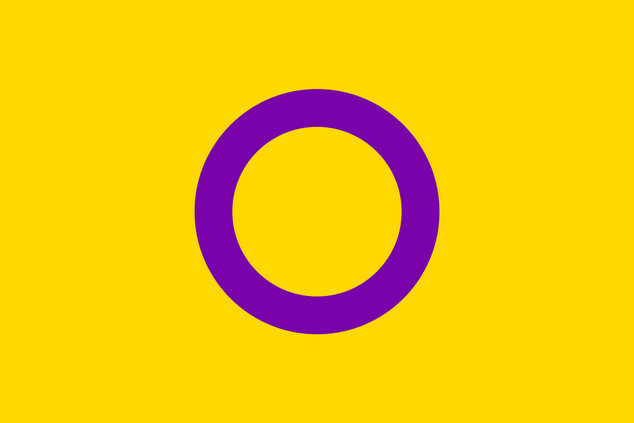
October 26th marks Intersex Awareness Day around the world, recognising the I in LGBTIQ and promoting awareness of intersex issues.
The term intersex denotes people whose biological sex cannot be classified as female or male, and may have biological attributes of both sexes or lack those considered necessary to be defined as male or female.
The intersex community are often misunderstood, or mis-categorised by the wider community due to the lack of awareness and understanding. Many intersex people have suffered from the lack of information and resources available, as well as denial of the right to choose one’s own identity or definition.
Intersex Awareness Day falls on October 26 to mark the first public demonstration by intersex people in the United States. Activists from the Intersex Society of North America picketed outside the American Academy of Pediatrics, fighting against unwanted genital cosmetic surgeries of intersex children.
In 2013, the Australian Senate published a report entitled ‘Involuntary or coerced sterilisation of intersex people in Australia’ which noted issues with current medical practices that the Senate deemed “disturbing”.
The report recommended deferring interventions that are not medically necessary, linkages between community groups and hospitals, national human rights-based standards and more effective oversight, as well as increased funding and support.
Acknowledging inaction at a federal level, the New South Wales Legislative Council passed a motion in 2014 affirming Intersex Awareness Day and urging the state government to work with the federal government to implement the recommendations. So far, no action has been taken by the Australian Government.
For further information on Intersex issues and rights in Australia, head to OII.org.au




